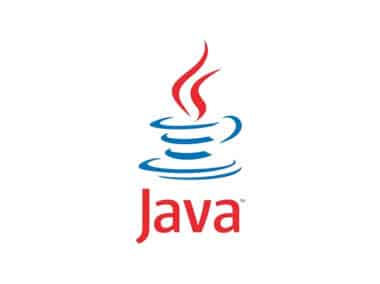Solidity is a high-level programming language used to write smart contracts on the Ethereum blockchain. It is designed to be easy to learn for developers who already have experience with other programming languages, like JavaScript or Python.
Solidity provides a wide range of features and tools that allow developers to create complex smart contracts that can automate a wide range of tasks on the Ethereum blockchain. Some of the basic building blocks of Solidity programs include variables, data types, and control flow structures.
Variables
Variables are used to store data values in Solidity. They can be declared using the var keyword followed by the name of the variable and its type. For example, var myNumber: uint256 = 42; declares a variable called myNumber of type uint256 (unsigned integer with 256 bits) and initializes it to the value 42.
In Solidity, variables can also be declared with other keywords like uint, int, bool, address, string, and mapping.
Data types
Solidity supports a variety of data types, including:
- Booleans:
boolrepresents true or false values. - Integers:
uintandintare used to represent unsigned and signed integers, respectively. They come in different sizes (in multiples of 8 bits) such asuint8,uint16,uint32, etc. - Addresses:
addressis used to represent Ethereum addresses. - Strings:
stringis used to represent strings of characters. - Arrays:
arrayis used to represent a collection of values of the same type. They can be fixed-size or dynamic. - Mappings:
mappingis used to represent a collection of key-value pairs, where the keys can be of any type.
Control flow structures
Solidity supports various control flow structures that allow the program to make decisions and repeat actions. Some of these structures include:
- If statements:
ifstatements are used to execute a block of code if a certain condition is met. - For loops:
forloops are used to repeat a block of code a specific number of times. - While loops:
whileloops are used to repeat a block of code as long as a certain condition is true. - Modifiers:
modifiersare used to modify the behavior of functions.
These control flow structures can be combined to create complex programs that can perform a wide range of tasks, from simple calculations to complex business logic.
Overall, Solidity provides a powerful and flexible programming language for developers to create smart contracts on the Ethereum blockchain. With these tools, developers can create decentralized applications that can automate a wide range of tasks, from financial transactions to voting systems.



